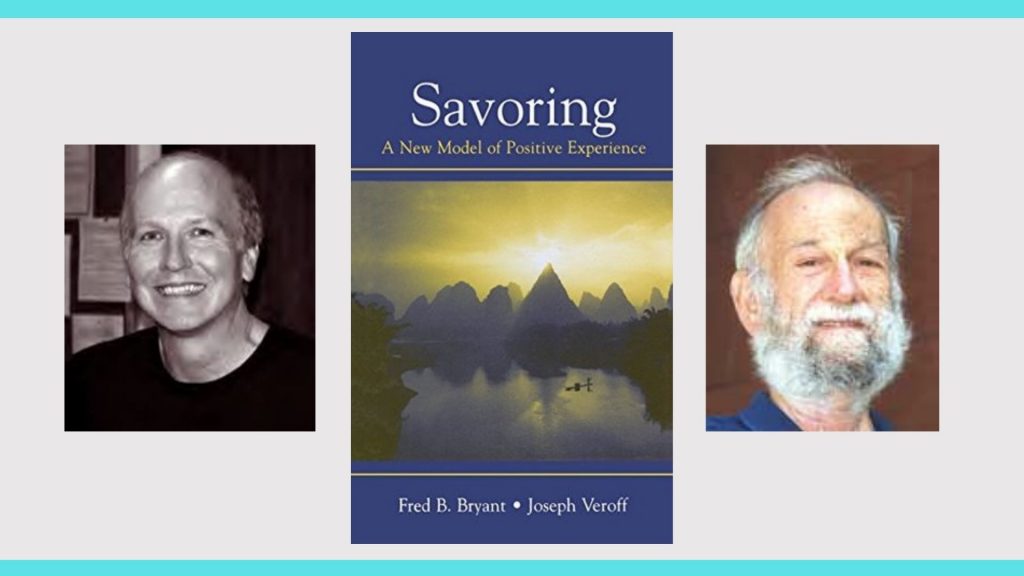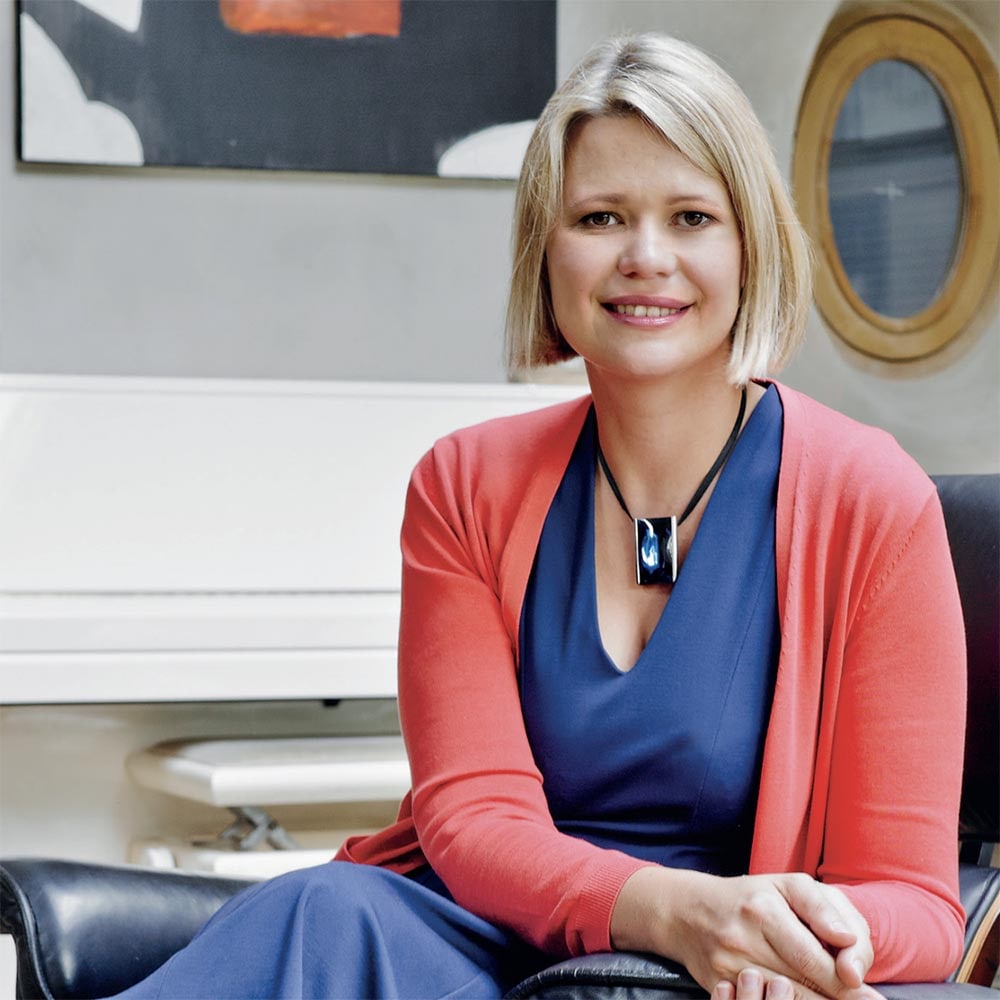Tapping into moments that are present a feeling of joy, or a feeling of contentment, or any positive emotions. To sit with it and magnify it, enjoy it and literally… savour it.
“Savouring” refers to the process through which a person can regulate their positive feelings by honing in on 3 particular things:
- Memories of previously positive experiences (reminiscence)
- Ongoing positive experiences at this very moment in time (attendance)
- Future positive experiences (anticipation)
Savouring is best described as “noticing and appreciating the positive aspects of life – the positive counterpart to coping with something. Savouring is more than pleasure – it also involves mindfulness and conscious attention to the experience of pleasure.”
To use food as an example: We could unconsciously throw a piece of food, let’s say an Almond, into our mouths, chew, swallow and proceed to eat another 10, barely noticing what we are doing.
Or, we could consciously notice and appreciate the way it smells, take in the way it looks, its flavour, texture, grittiness, we can nibble it, chew it slowly, be mindful of every chew, be really present, savour the different tastes, the texture, how it is on the tongue, really savouring the whole experience.
Now take that – and place it into life:
- When you’re experiencing a positive moment/emotion/experience, magnify the moment
- Drop into mindfulness for where you are and how you’re feeling and savour those feelings
- Share it with someone close to you, friends, family, significant other
- Sit with the feelings for as long as you like
When I did my Vipassana – 10 days silent meditation bootcamp, all we did was to be aware of our body, sensations and feelings. Because we were cut off any communication with the outside world, no internet, no phones, no books, no music, no writing, no talking and not even look at other people’s eyes. We turned our awareness inward, facing our inner world.
Buddha’s teaching is to be conscious of every moment, be aware of what we are doing, acting, saying, feeling, sensing, thinking and accept them, as the way they are.

I remember towards the end, one day I was eating a piece of lumberjack cake, because I knew that I only have this one small piece of cake, I made a decision to enjoy every chew. OMG it was so yum!
The cake part was a sticky marriage of apple pieces and dates, almost like a pudding, topped with caramelized brown sugar, butter, coconut and layer of awesome, I burst into tears eating the cake!
So I slow down even more, had a even smaller bite, closed my eyes, tears ran down on my face… I let all the magical dust of this dense and moist piece of heaven cake sink into my every taste buds, I can taste the orange zest and unicorn bouncing off the rainbow.
I ate it with a cup of sage and lemongrass herbal tea, wrapped my hands around the warm mug, I let the sage to cleanse my spirit. Oh dear ~~ I was in heaven, time has stopped.
At the moment, I was really really happy and so grateful to be alive, and appreciate the kitchen staff who made this lovely cake.
Theory

1. A savouring experience consists of “the totality of a person’s sensations, perceptions, thoughts, behaviours, and emotions when mindfully attending to, and appreciating a positive stimulus, outcome, or event, along with the accompanying environmental or situational features of that encounter”.
E.g. Having a bubble bath; sitting in the sun; enjoying a view; receiving great news; or spending time with a dear friend or partner.
2. The savouring process is a “sequence of mental or physical operations that unfolds over time and transforms a positive stimulus into positive feelings to which a person attends”
E.g. This may include something called “marveling”, in other words, awe at perceived grandeur; gratitude in response to good fortune; or basking, which is when someone regulates their pride for themselves in response to a personal accomplishment.
3. A savouring strategy or response is known as the “operational” element of savouring experience and process (Bryant & Veroff, 2007) – it’s a specific, precise, concrete thought or behavioural pattern that will amplify the intensity, or prolong the duration, of positive feelings.
E.g. Taking a “mental photo”; mentally acknowledging yourself when you accomplish something great; recalling a past event and its specific details for your pleasure. sd
4. A savouring belief refers to how someone enjoys a positive experience, differing from how someone would have a positive outcome to certain stimuli.
E.g. The ability to recall on something, the ability to savour a present moment in time to truly experience it, and the ability to anticipate and believe in the fact that you will have future positive experiences.
Practice


Hefferon and Boniwell (2011) say there are 10 identified strategies that can be employed in order to enhance savouring:
- Sharing with others
- Memory building (or mental photographs)
- Comparing (although not best advised)
- Sensory-perceptual sharpening (focusing on the positives to reshape the memory)
- Self-congratulation
- Absorption (total immersion in the present moment)
- Behavioural expression
- Temporal awareness (acknowledging that time is fleeting)
- Counting your blessings
- Killjoy thinking (this is a ‘how not to’ savour strategy, where you should avoid worrying or “killjoy thinking”, in order to savour)
These can all aid the savouring process that the mind takes, but all-in-all, the clients should focus on letting themselves be fully immersed in the experience at hand, and not focus on anything else that matters at the time.
Coaching Savouring
The ability to savour is a positive predictor of a person’s happiness. (Driver, 2011) In order to teach clients the techniques of savouring experience and savouring belief, coaches teach the savouring process and savouring strategy mentioned above.
This is achieved through encouraging clients to find specific positive experiences that they have had in their day-to-day lives. While focusing intentionally on these experiences, positive emotions may arise.
A technique for doing this is:
- When catching up with your client, get them to notice any good things they have done or positive experiences that they might have had
- Ask them to notice their achievements to date
- Ask them “What have you learned from this happening?”
This is all part of the mindfulness technique mentioned in the last video, and contributes to both the process of savouring an experience, as well as the strategy behind remembering and savouring said experience, therefore, regulating positive emotions and in fact believing you will have positive experiences.
Thank you for reading this Positive Psychology Intervention series, if you want to know more about it, don’t hesitate to send me an enquiry.
If you haven’t watched my video about this topic, please find time to do so, and don’t forget to like and subscribe to my youtube channel.
I’ll see you next practical tips about “Appreciation & Gratitude”.
